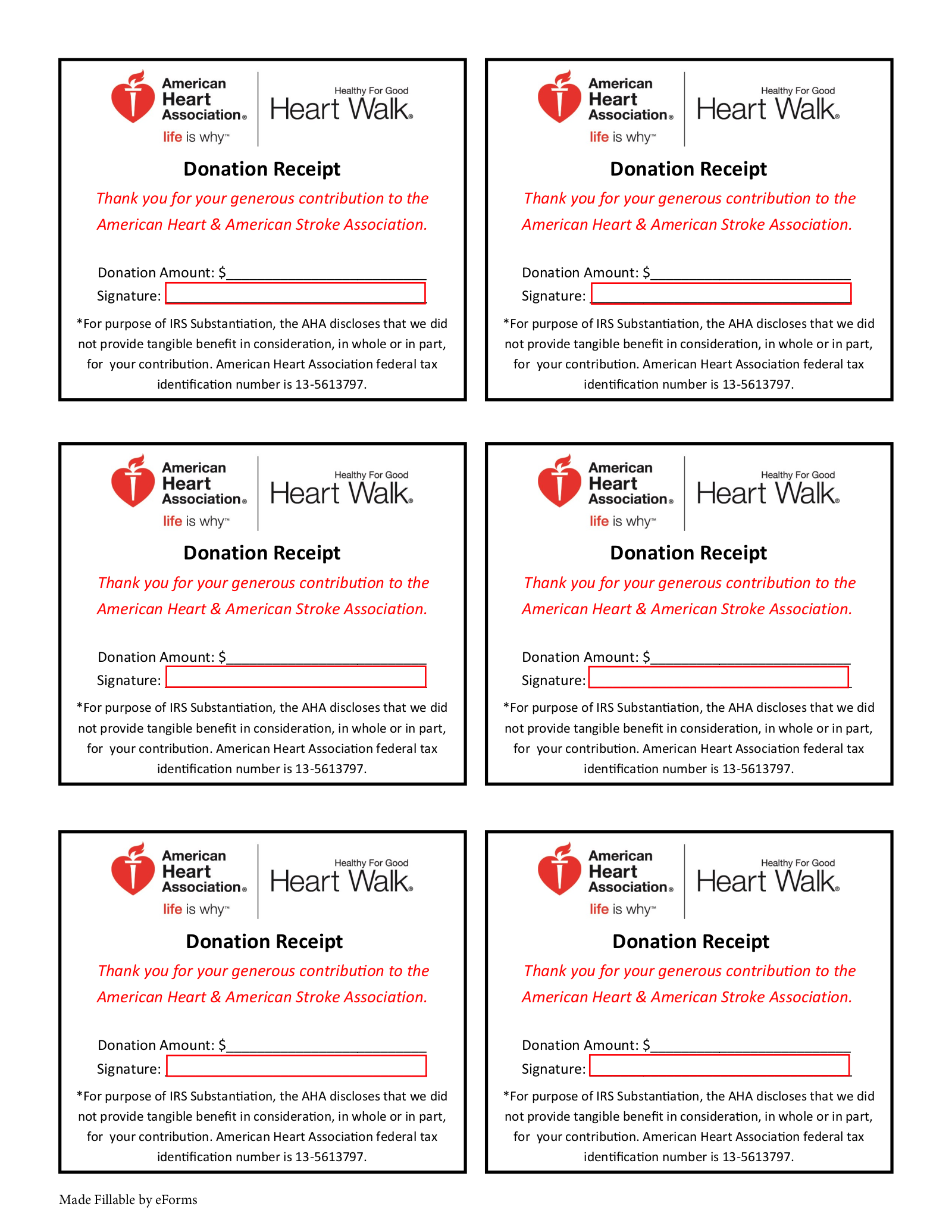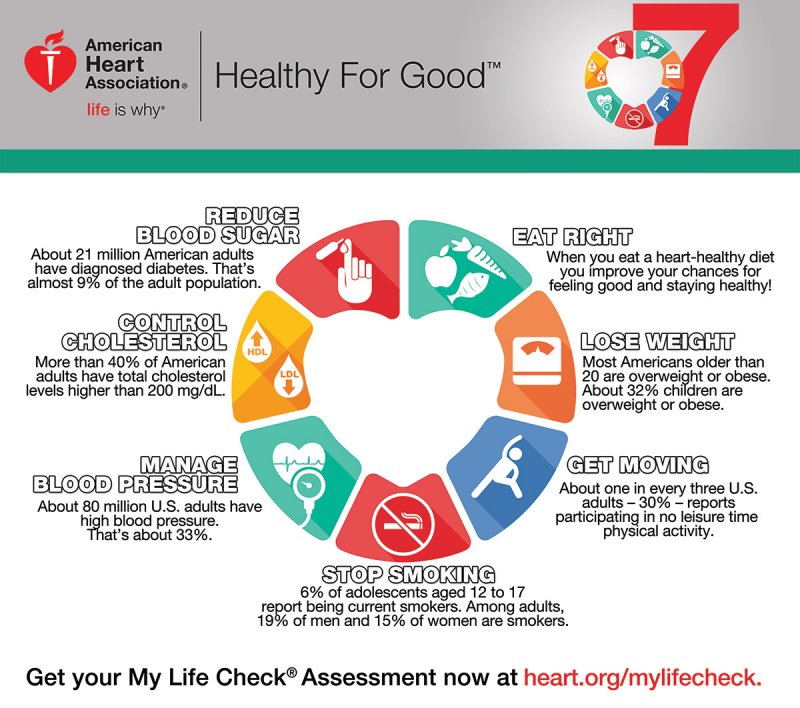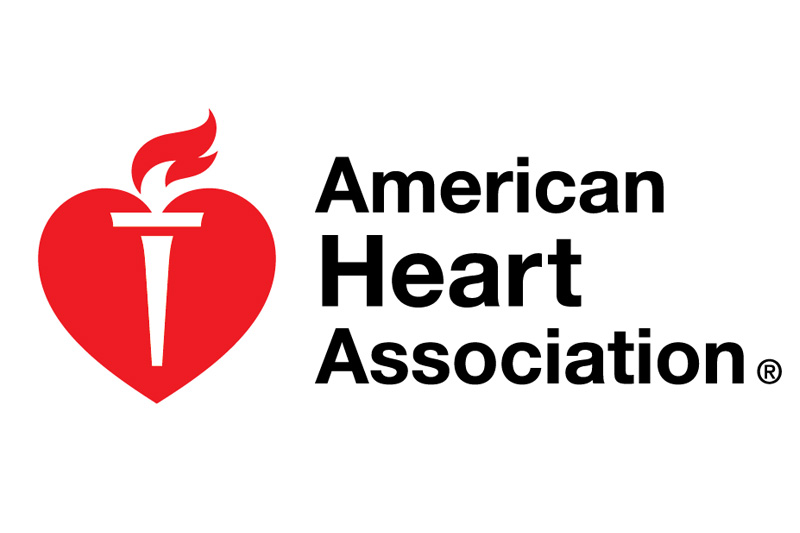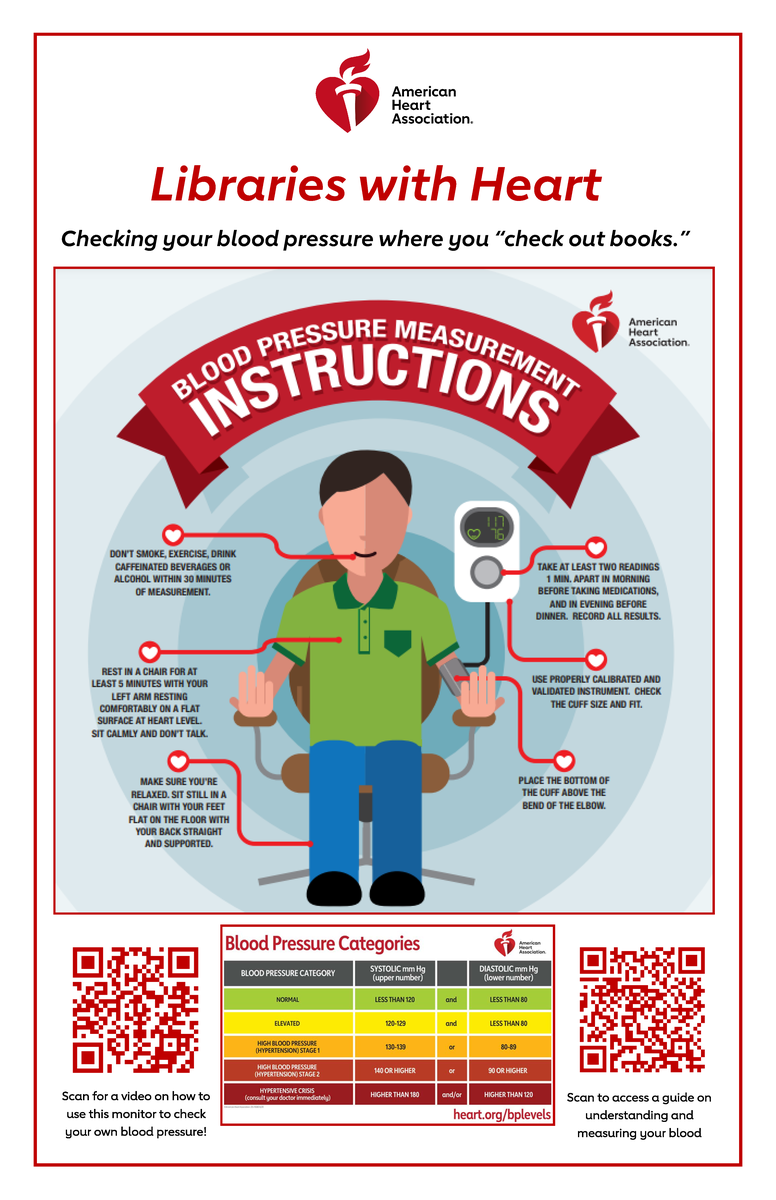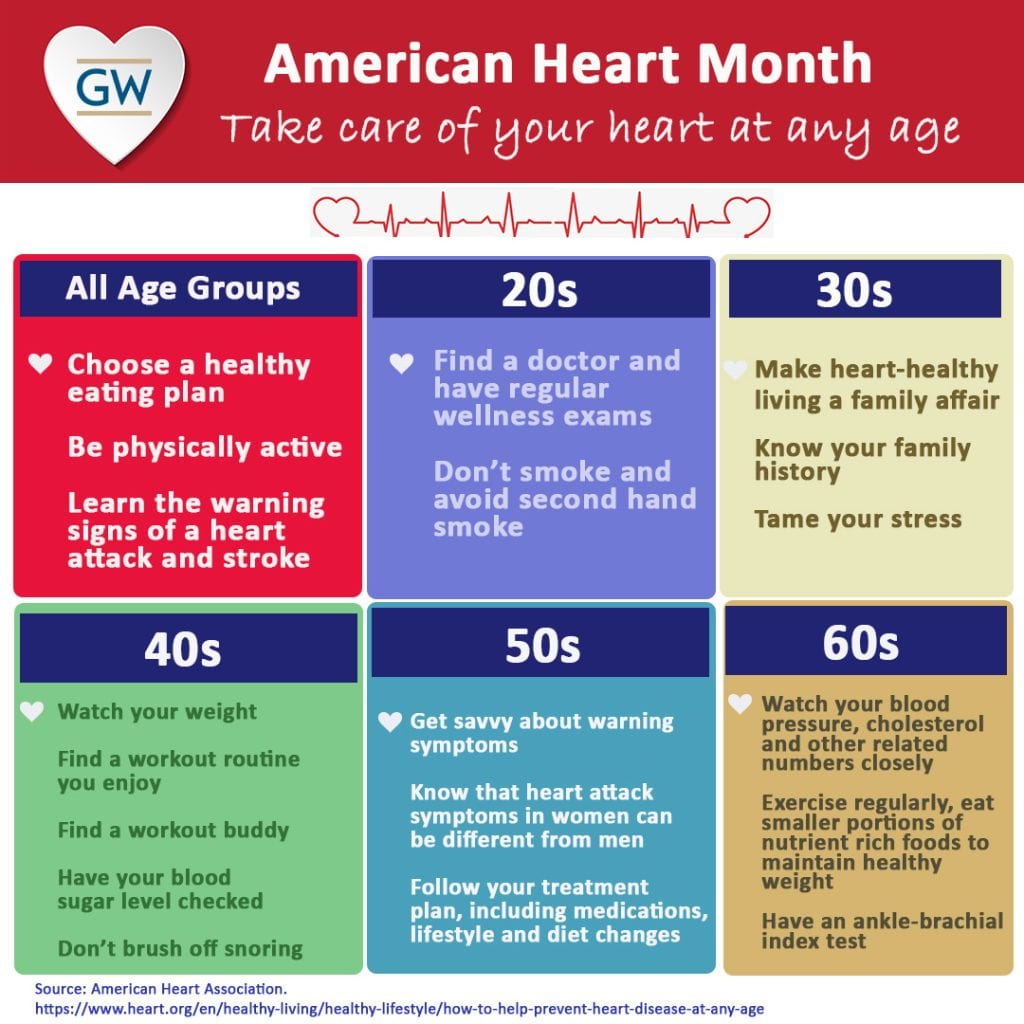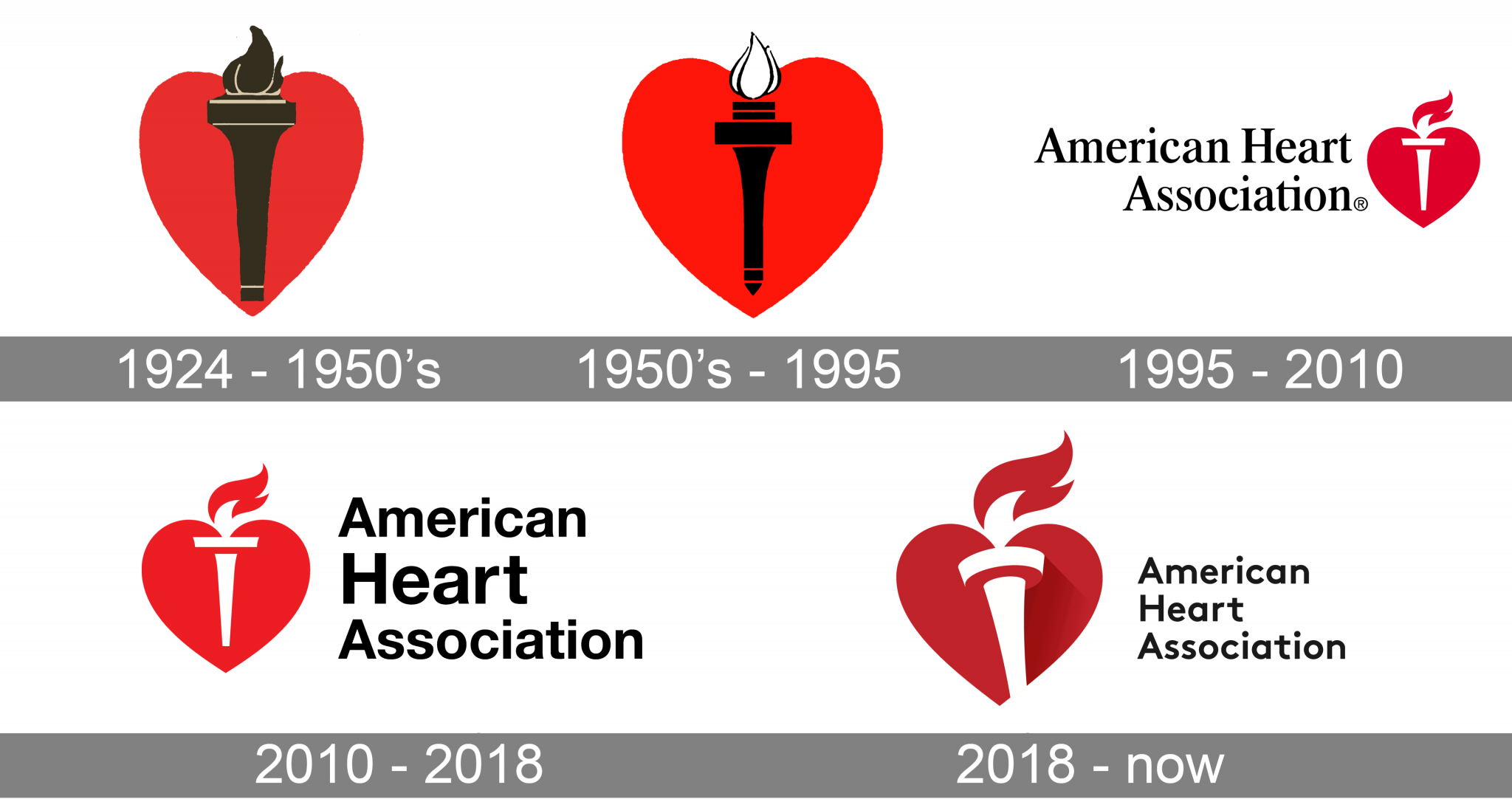American Heart Association How Much Goes To Charity

Donations to the American Heart Association (AHA) are under scrutiny as questions arise regarding the proportion of funds directly supporting its charitable programs.
This article delves into the AHA's financial disclosures, examining how much of each donated dollar actually reaches its life-saving research and community programs, addressing concerns about administrative and fundraising costs.
Financial Breakdown: Where Your Money Goes
According to the AHA's most recent audited financial statements (fiscal year ending June 30, 2023), approximately 74% of total expenses went towards program services. This includes research, public health education, and community programs aimed at preventing and treating heart disease and stroke.
The remaining 26% is allocated to management and general expenses (approximately 7%) and fundraising (approximately 19%). These figures are crucial for donors to understand the distribution of their contributions.
Specifically, for every dollar donated, about 74 cents directly support the AHA's mission related activities. The allocation is further detailed in their annual reports.
Key Program Investments
The AHA channels significant resources into scientific research. In 2023, the organization invested over $170 million in cardiovascular and stroke research, funding innovative projects across the nation.
These research initiatives aim to improve prevention, treatment, and rehabilitation strategies for heart disease and stroke. The organization also invests heavily in public health education campaigns, community-based programs, and advocacy efforts.
These educational initiatives aim to promote heart-healthy lifestyles and empower individuals to take control of their cardiovascular health.
Administrative and Fundraising Costs: A Closer Look
The AHA's administrative costs cover essential functions such as leadership, finance, and human resources. While necessary for the organization's operation, some critics argue that administrative expenses should be minimized to maximize program impact.
Fundraising expenses include costs associated with soliciting donations, such as direct mail, events, and online campaigns. The AHA defends these expenses as necessary investments to sustain its fundraising efforts and expand its reach.
It is important to note that high fundraising costs do not automatically indicate inefficiency, as effective fundraising can generate significant revenue for program activities.
Comparing with Other Charities
Charity watchdog organizations like Charity Navigator and GuideStar provide ratings and assessments of non-profit organizations, including the AHA. These ratings evaluate financial health, accountability, and transparency, offering donors valuable insights.
According to Charity Navigator, the AHA currently holds a four-star rating, indicating strong financial health and commitment to accountability and transparency. However, donors should always conduct their own due diligence and review the charity's financial reports before making a donation.
Comparing the AHA's financial metrics with those of similar health charities can help donors make informed decisions about their philanthropic giving.
Transparency and Accountability
The American Heart Association publishes its annual reports and audited financial statements on its website. These documents provide detailed information about the organization's finances, programs, and impact.
The organization also adheres to various accountability standards and undergoes regular audits to ensure financial integrity. The AHA is committed to transparency and strives to provide donors with clear and accessible information about its operations.
This transparency is crucial for maintaining public trust and ensuring that donations are used effectively to advance its mission.
Moving Forward: Donor Awareness and Continuous Improvement
Increased awareness of the AHA's financial allocations empowers donors to make informed decisions aligned with their philanthropic goals. Continued scrutiny and dialogue regarding administrative and fundraising costs are essential for promoting efficiency and maximizing program impact.
The AHA should continue to strive for improvement in its resource allocation and maintain its commitment to transparency and accountability. By doing so, the organization can strengthen donor confidence and further its mission of fighting heart disease and stroke.
Donors are encouraged to review the AHA's financial reports and consult with charity watchdog organizations before making a contribution.
